On the last day of a recent jolly to North Wales with the family, we all went for a little bike ride into the countryside. Knowing I was going to be pulling Norah in a little trailer behind the hired bike, I decided that the less other stuff I had to carry the better. As such, the chosen camera for the day was an Olympus mju-ii – light weight, pocketable, snappy to use, fairly robust, with an ok lens – it’s not the greatest camera in the world, but it has a lot going for it given this sort of outing.
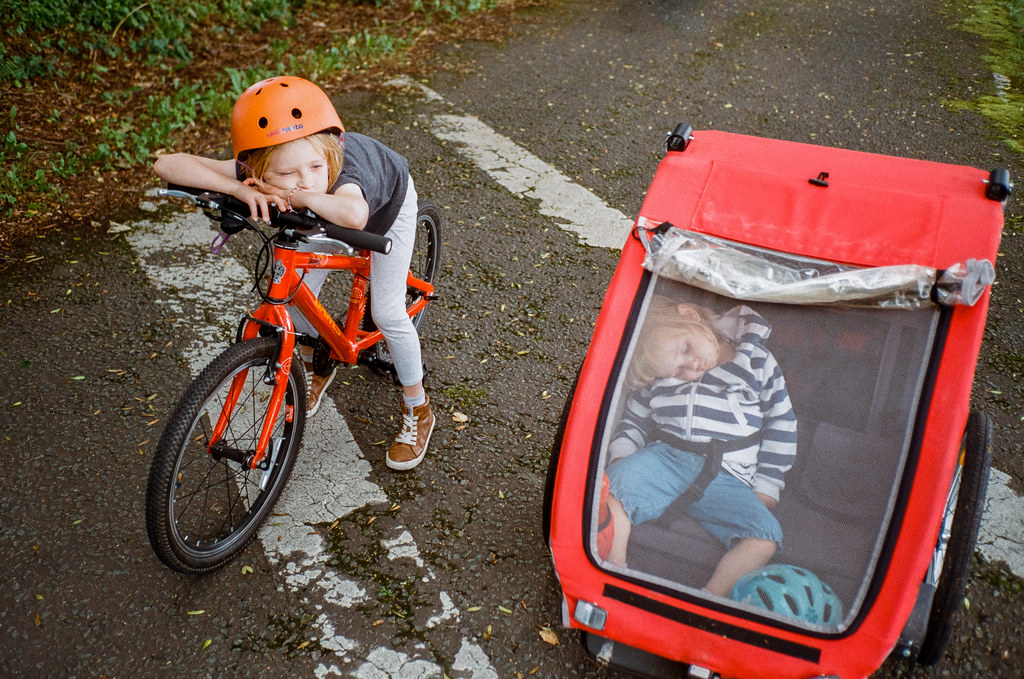
It was a fairly bright day, so I took the opportunity to shoot my first roll of Kodak Pro Image 100.
If you’re not already aware, Pro Image 100 is a Professional-line 100 ISO colour film from Kodak. For a good while now, it has only been available in the Far East and South America, but Kodak Alaris recently trailed it, and then subsequently released it in Europe and (I think) the USA.
As I’ve mentioned a few times on this website, I’m a little stuck in my ways when it comes to film. I usually shoot 400 speed films, with my staples long-being Kodak Portra 400 and Ilford HP5+. These two films are both very forgiving, and over the last few years have offered me a bit of a crutch whilst I’ve worked through and gained confidence and comfort in the rest of my workflow. I talked about this workflow in a recent post about discovering just how well I can get along with Kodak’s re-released P3200.
Kodak Pro Image 100 within my workflow
As I explained in that post, my workflow is just about tight enough with regard to a bunch of the variables that when I introduce a new film into the mix, I get a pretty good feel for how it fares by comparison to other films I shoot. In the case of Pro Image 100, the comparison within my workflow was of course to be with Portra 400. Possibly the most interesting thing that came out of this comparison is that I found Pro Image 100 slightly easier to scan. That is to say, it needed a lighter touch than I have to apply to Portra 400.
With the Noritsu Scanners, unless you have the full EZ Controller software – which I don’t – all films are treated equally. As I understand it, with the fancy software, the scanner recognises the film and applies specific profiles. I don’t have the software – it costs about £1000 – so until I can find the cash and patience to learn how to use it, I’ve been working around the issues by scanning flat and post processing.
With the way the Noritsu scans Portra 400 without the profiles, I find the orange base to be a little more evident in the final photos than with some other colour films I’ve tried. I tweak it out in Lightroom with a combination of very slight white balance adjustments and some tweaks in the camera calibration panel – and whilst I know that my results aren’t perfect – I’m quite happy with them for the time being. I digress slightly, the point of mentioning this was to highlight the fact that I didn’t need to apply nearly as heavy a hand to the results from Pro Image 100 in Lightroom. There was a slight remanent of the orange base, but it was easier to get rid of than what I find when I shoot Portra 400.
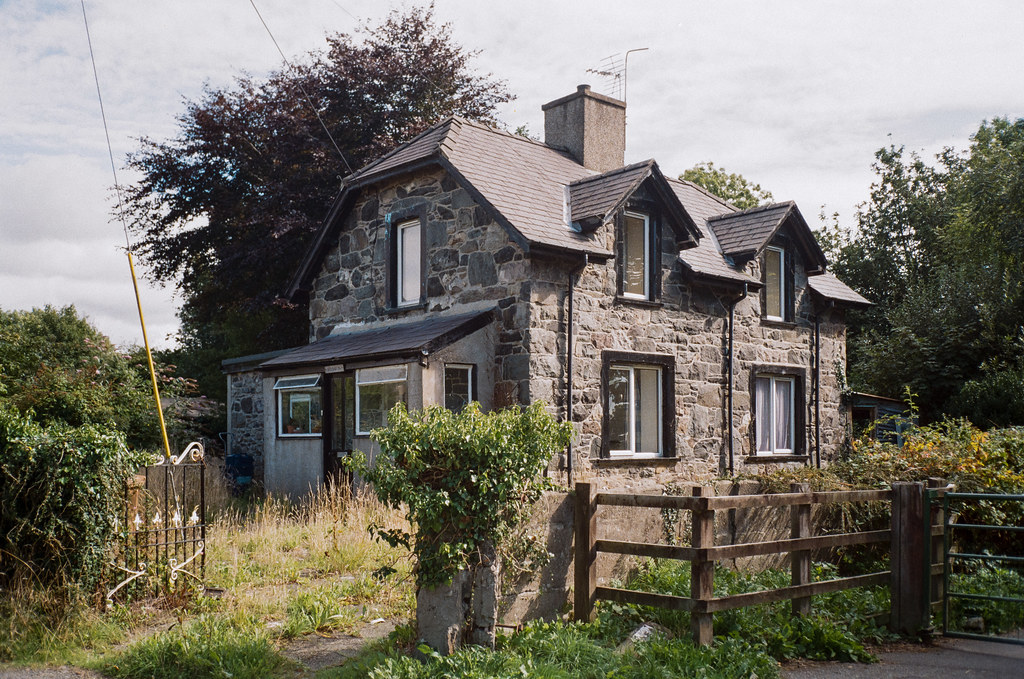
Colours and skin tone
Once the orange base was dealt with, it was also very quickly evident that Pro Image 100 has a much stronger colour pallette than Portra 400. I boost the colours a little when I scan Portra, I didn’t need to with Pro Image at all – they are a lot more vibrant and a lot more contrasty, yet despite this, it still seems to be pretty good with skin tones.
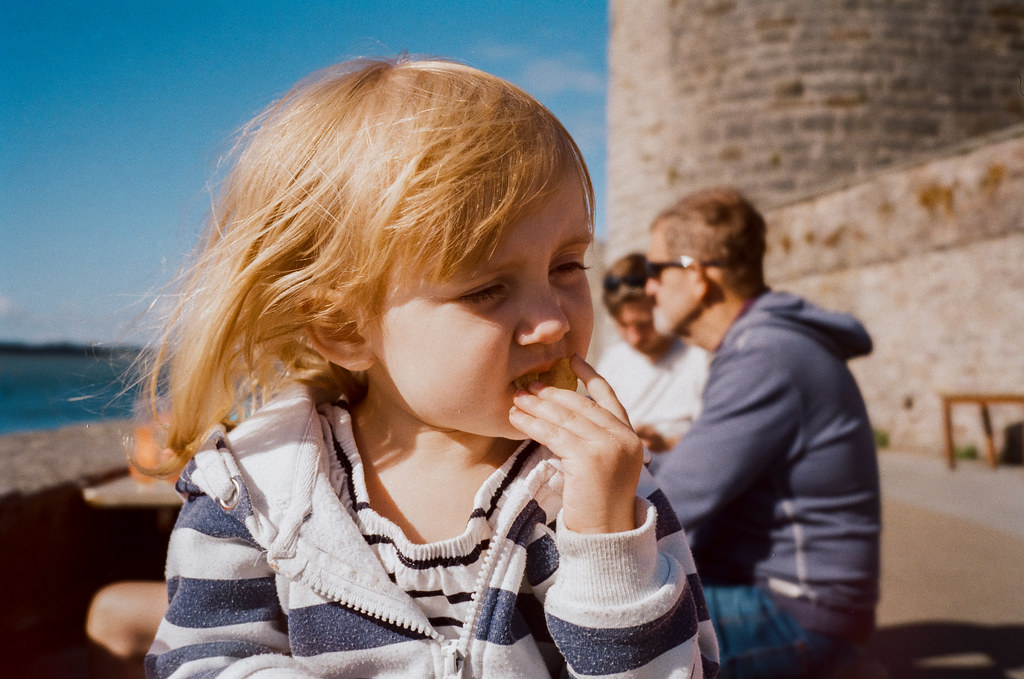
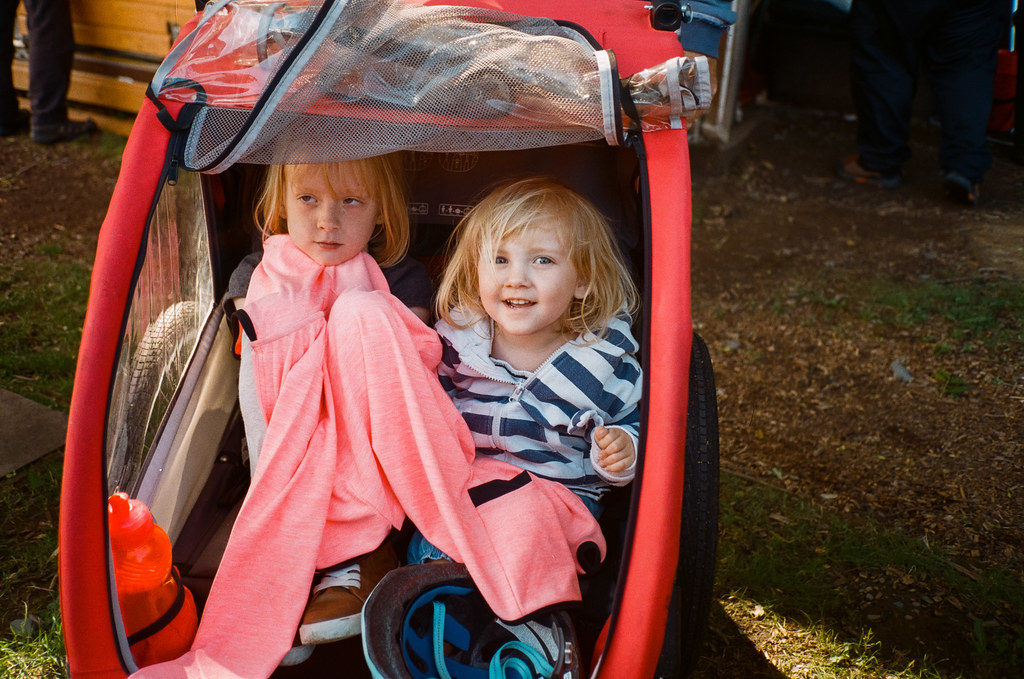
Grain
For some reason I expected there to be more grain than what I found. I’m not sure why I had this expectation, but I did. I was quite pleasantly surprised to find the grain to be quite fine. I suppose in real terms it’s probably not that much finer than Portra 400. This probably says something about both of these films, but taking the speed advantage of Portra 400 out of the equation, the grain I found in Pro Image 100 is certainly fine enough for my tastes. All I really need from a colour film in this regard is that it allows me to do a bit of post-process sharpening without me ending up with a grainy mess. I found the Pro Image 100 grain small enough to sharpen the image with ease in Lightroom.
More photos
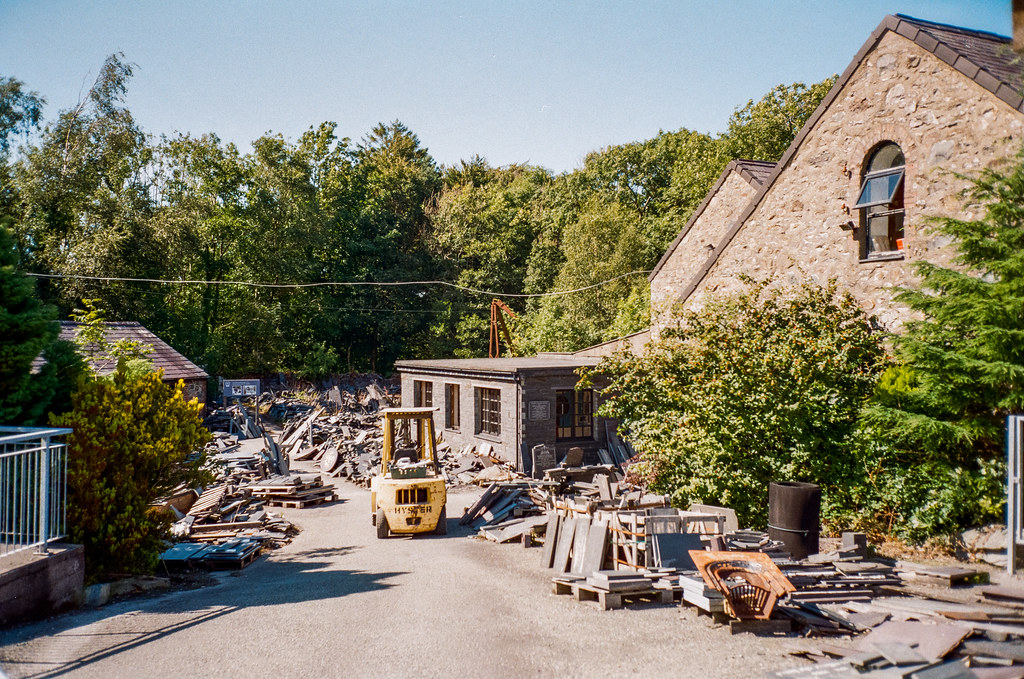
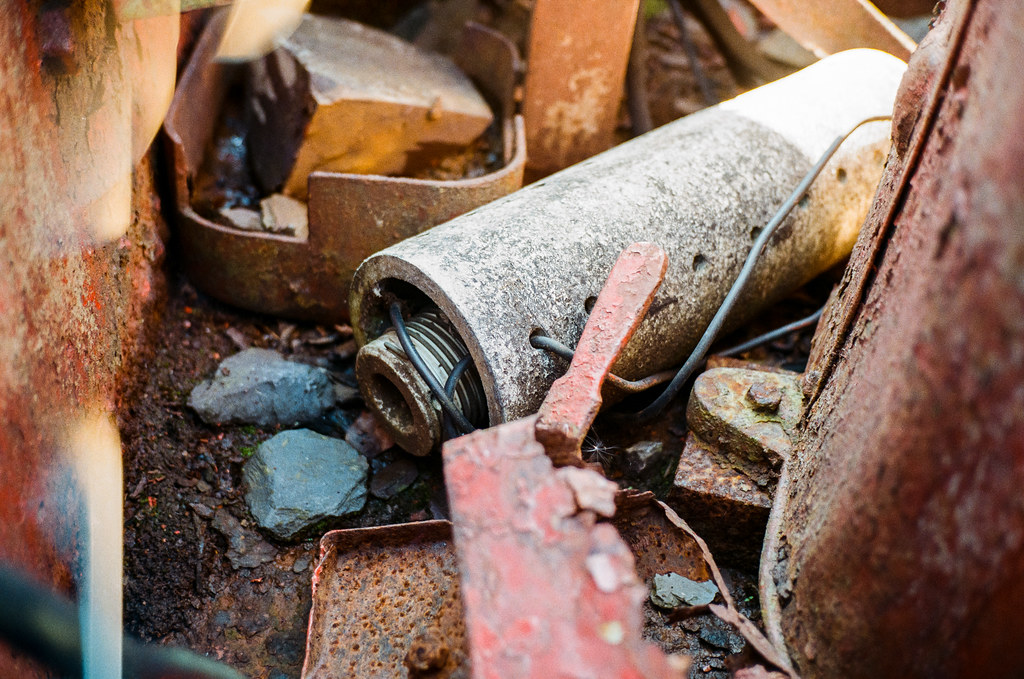
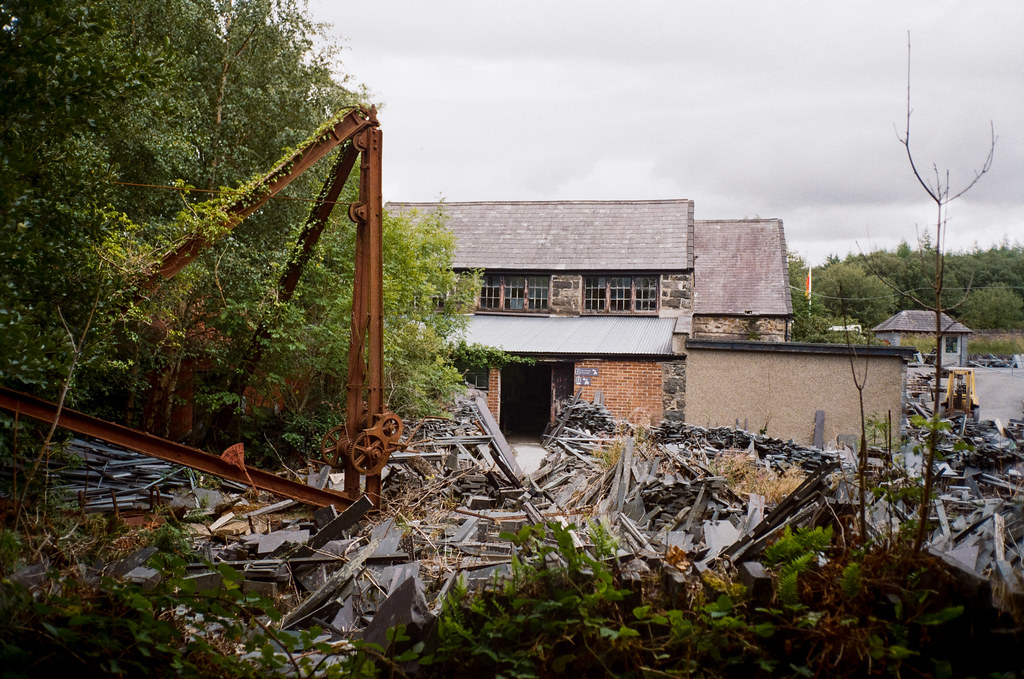
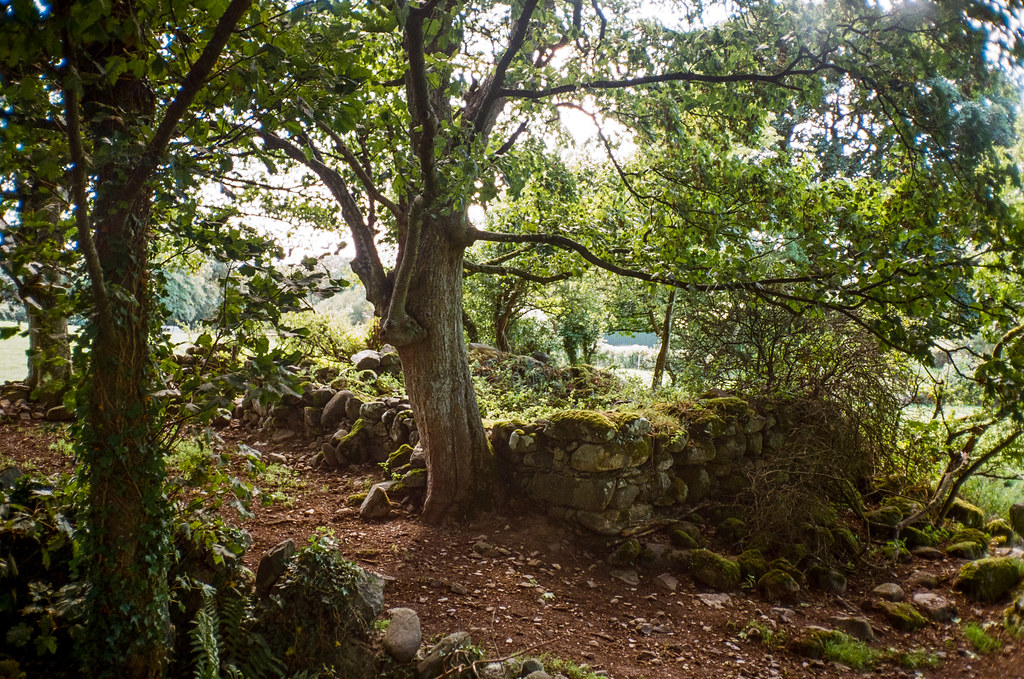
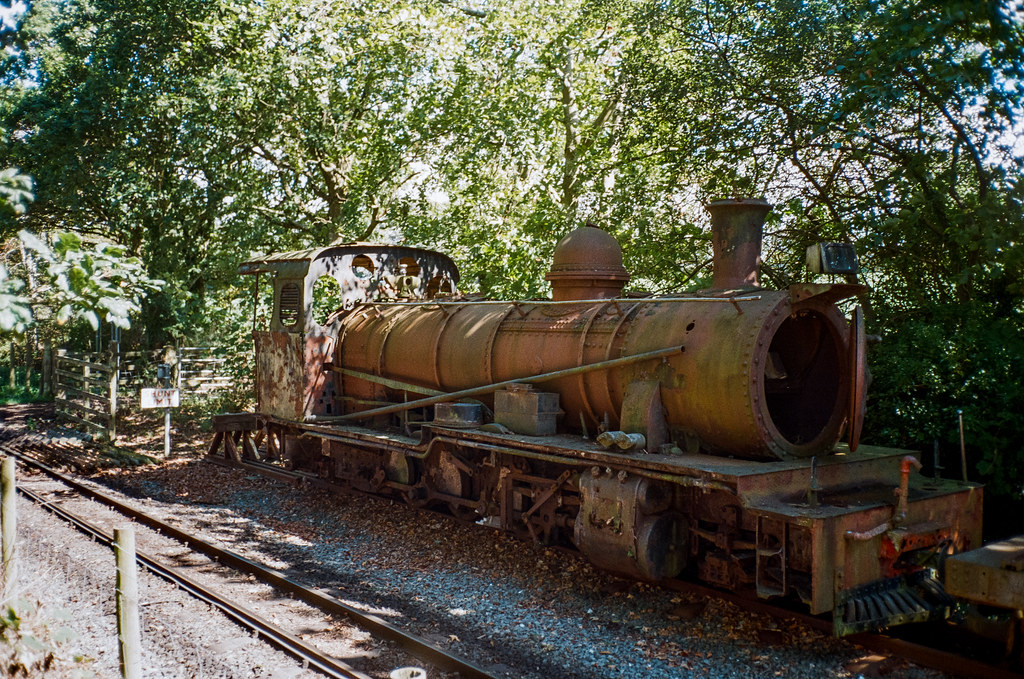
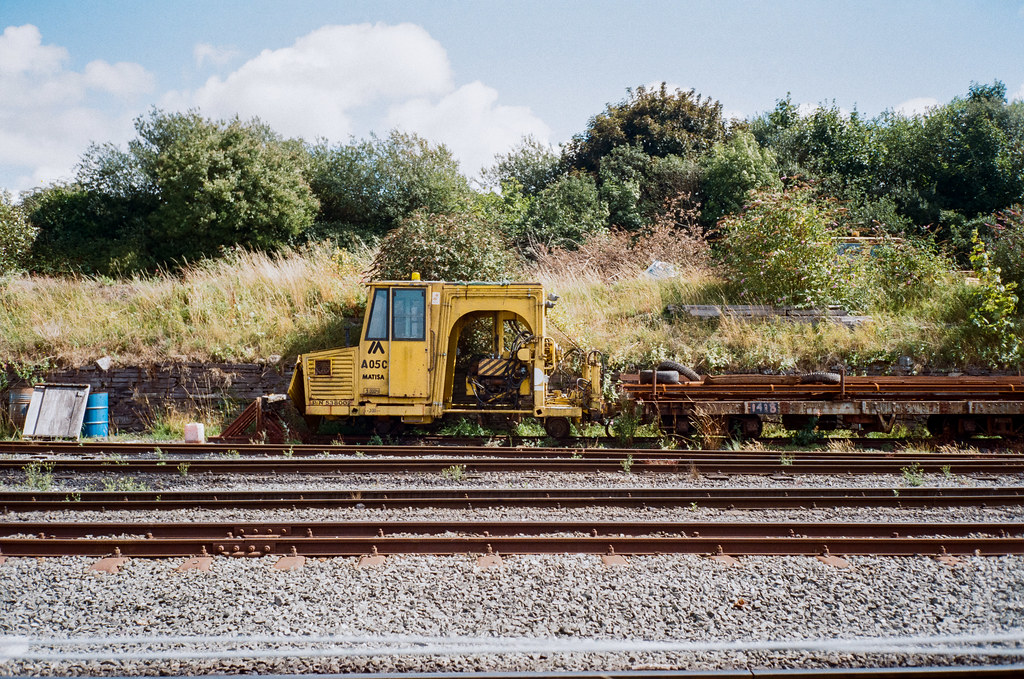
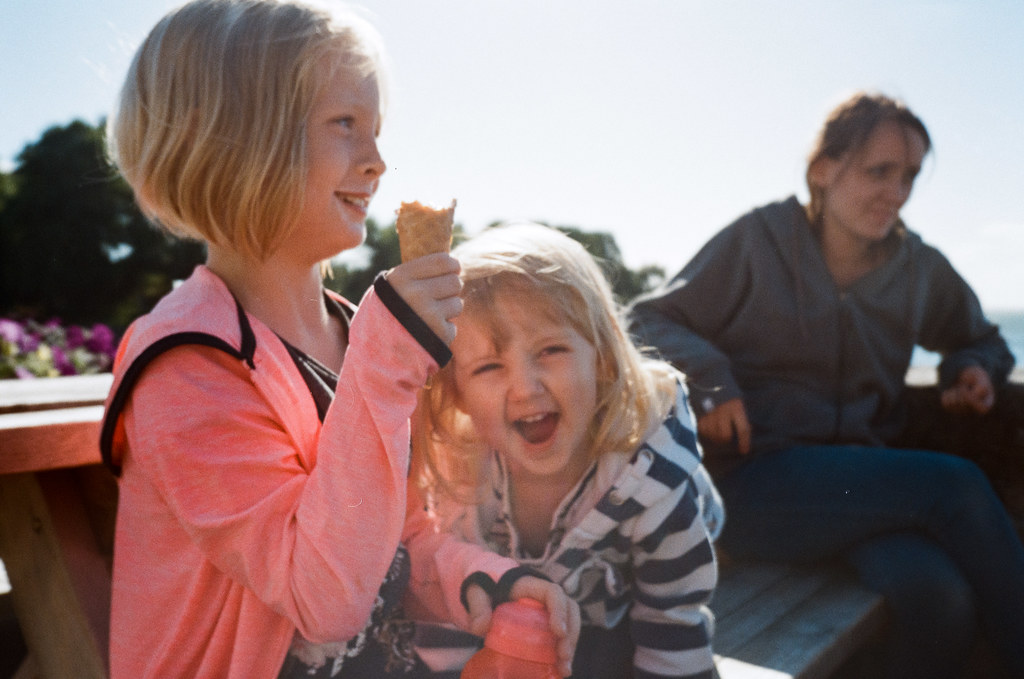
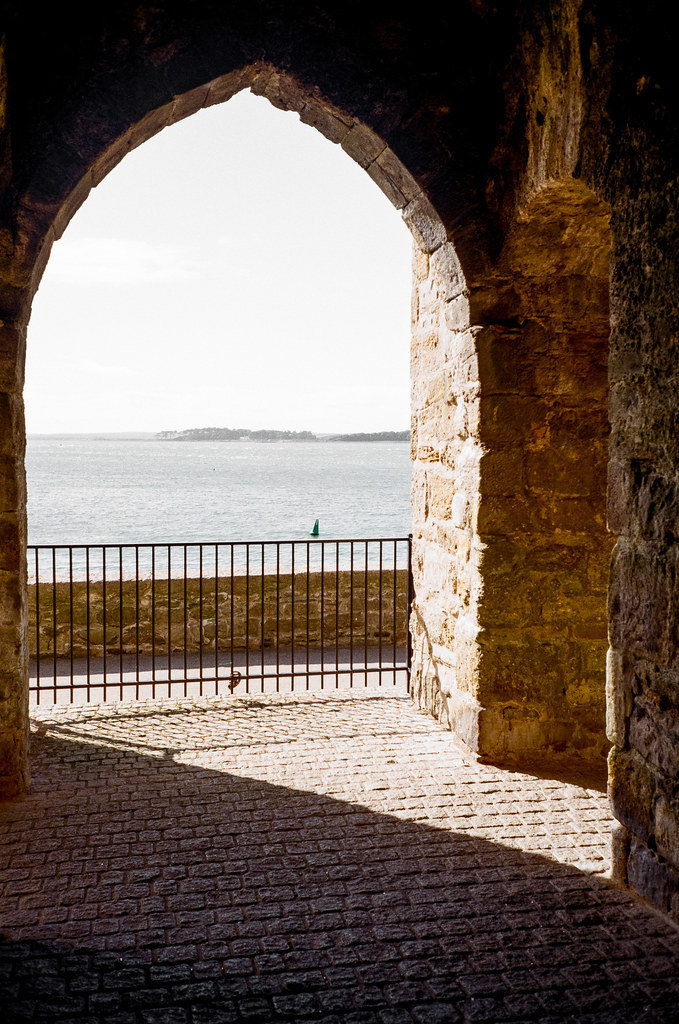
First roll conclusions
Having only shot one roll with it, that’s pretty much all I have to say about Kodak Pro Image 100 for the time being. The next step is to shoot a roll with a better lens on a camera I’m more familiar with. I’m fairly familiar with the Olympus mju-ii lens, but not familiar enough to not get distracted by some of the lens’s shortcomings. I’ve got a roll loaded in my Konica Hexar RF – a camera I’m getting to grips with how the meter and AE works – but with the Voigtlander 50mm f/2.5 on the front I know I’m safe as far as the lens is concerned. I’m about half way through the roll, so I might shoot a bunch of frames a little under and a little over exposed, just to see how much grief I can get away with giving this film. I’ve read that it’s quite tolerant to abuse – we shall see…
Ultimately, I’m not sure Pro Image 100 is going to supplant Portra 400 as my go-to just yet. The extreme way that Portra is forgiving, and the fact that it’s a fine grain 400iso film outweigh the slight issues I currently have with scanning it. That being said, at around £5 a roll, I must admit to being slightly sucked in by Pro Image… … more soon!
I bought my Pro Image 100 from Analogue Wonderland here
Share this post:
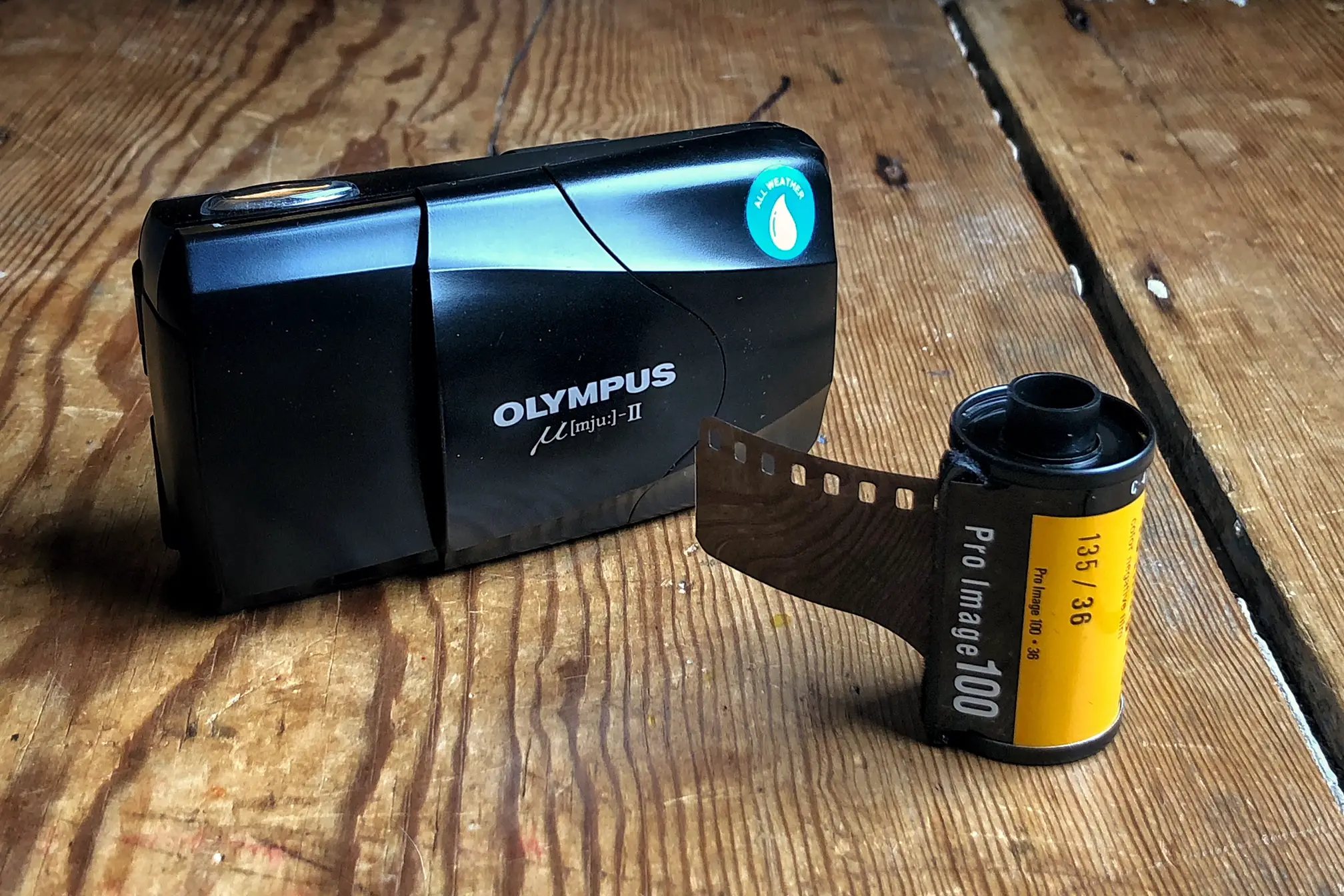








Comments
raygoodwinphotos on Kodak Pro Image 100 – First Roll Review
Comment posted: 02/09/2018
gavin on Kodak Pro Image 100 – First Roll Review
Comment posted: 03/09/2018
its nice and punchy if you shoot it at 80 great film and a good price
I,m glad Kodak have a cheap alternate to ektar ....which is the other film I shoot a fair bit of I really like the colours
Eddy on Kodak Pro Image 100 – First Roll Review
Comment posted: 04/09/2018
Comment posted: 04/09/2018
Comment posted: 04/09/2018
janourda on Kodak Pro Image 100 – First Roll Review
Comment posted: 05/11/2018
Tom on Kodak Pro Image 100 – First Roll Review
Comment posted: 18/11/2018
Wilson Laidlaw on Kodak Pro Image 100 – First Roll Review
Comment posted: 27/01/2019
I have ordered 10 rolls of it for my forthcoming trip to India. I am told it resists degradation from heat and humidity far better than my customary reversal film or than other colour negative films. Hopefully India will be nice and sunny, so should be the ideal film in my Leica R9. For dark interiors and gloomy, I will just use digital.
Wilson
Comment posted: 27/01/2019
ilya on Kodak Pro Image 100 – First Roll Review
Comment posted: 04/02/2019
Comment posted: 04/02/2019